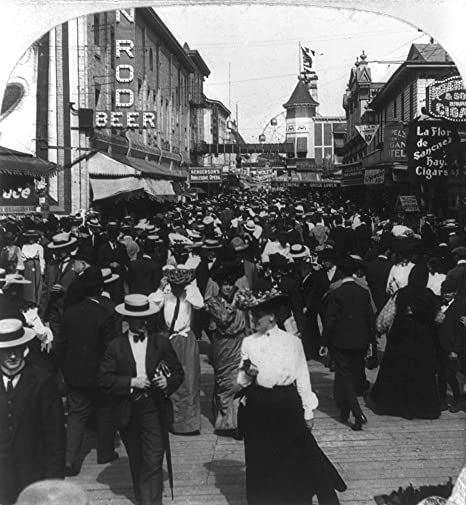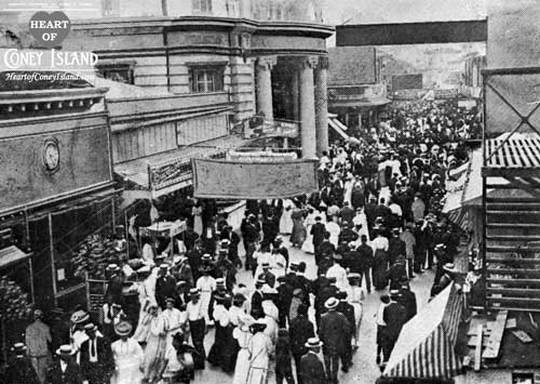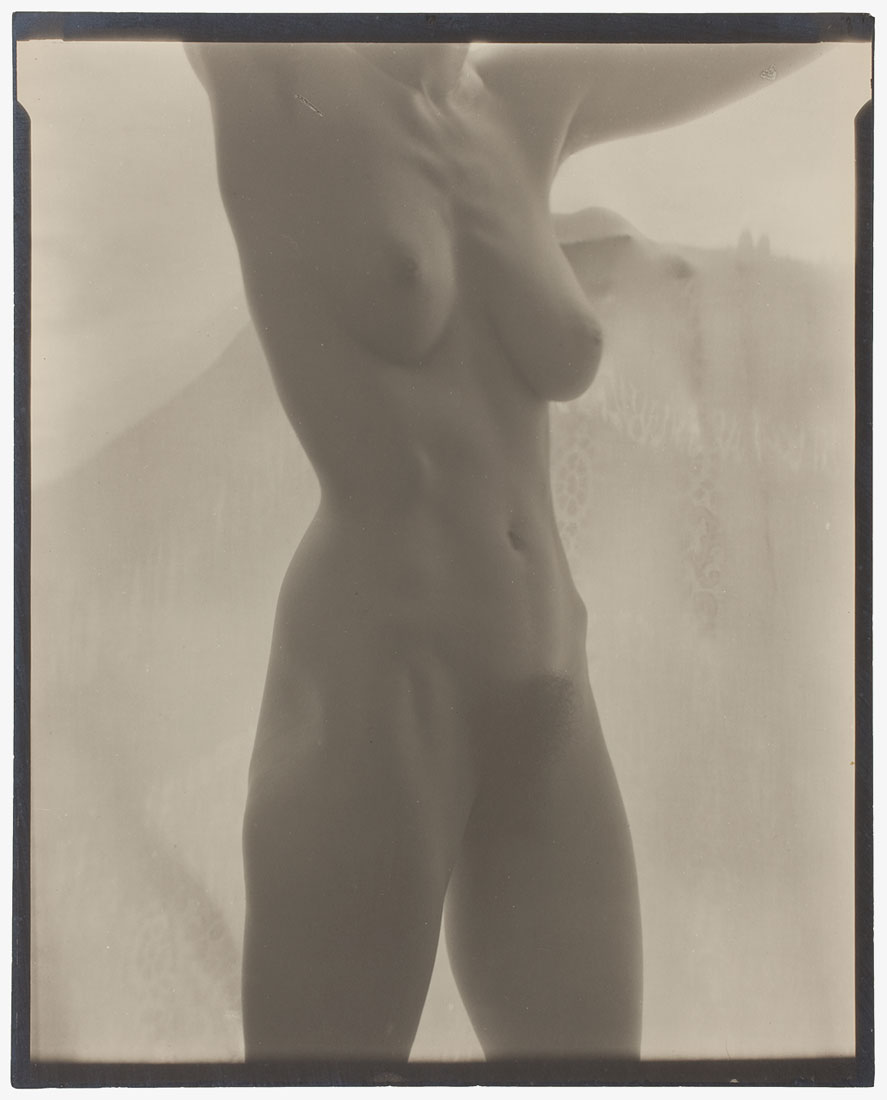
Colorized by me: Children looking at Xmas toys in a shop window. New York, circa 1910.
🎅🏻 Best wishes for a wonderful Christmas and a Happy New Year!
🎅🏻 Best wishes for a wonderful Christmas and a Happy New Year!

More from me, commissions, books, prints, all the good stuff: marinamaral.com
Anyone interested in a print?
• • •
Missing some Tweet in this thread? You can try to
force a refresh





















